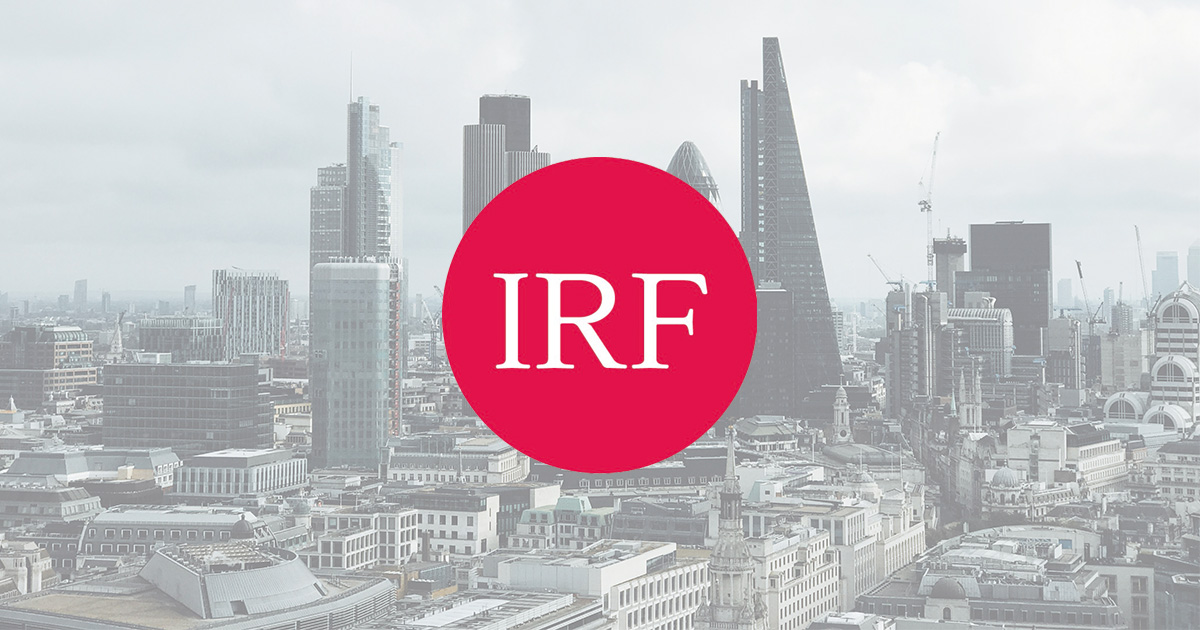Global Macro & Geopolitics
Rosa & Roubini Associates
Wed 07 Oct 2020 - 14:00
Summary
Brunello began by highlighting the restrictions in place globally due to the onset of the second wave of the pandemic, something they expected back in March. This leads them to their estimate of global GDP FY20 of -5.3%, more pessimistic than consensus. Inflation is to remain subdued throughout the near-term. Their base case is a U-shaped recovery. China will come out relatively stronger from this crisis as they reacted sooner and faster to the pandemic. The US will come out weaker given the real prospect of a contested election and the messy response to the crisis. The EU is facing an existential crisis in spite of NextGenEu. Brunello identified Sept 2021 to Jun 2022 as the critical period with German parliamentary elections and a delicate transition post-Merkel creating a risk that Germany moves further to the right. Followed by the Italian Presidential elections and French elections. Peter began by looking at all other asset classes through treasuries and sovereign yields and noted the Fed has supressed interest rates and interest rate volatility to a greater degree than even in the GFC, which has clearly driven equity markets. However, cashflows are rolling over and there is not much policy space at the end of the curve. The S&P 500 is being driven by a handful of stocks. The broader market has been in a bear market since 2018. Despite a huge fiscal policy response credit is not making its way to SMEs. Peter expects the dollar to remain moderately strong despite an incredibly aggressive Fed and massive deficits. Interest rate differentials point to a preference for dollar ownership and currency basis indicates a global shortage of dollars. He also expects risk-off and a flight to quality to support the dollar. He is bullish gold as one can have a modestly strong dollar and strong gold as interest rates are the main driver of gold currently. That gold performed well as in inflation hedge in the 70s is well known but it can also perform in a disinflationary environment as it acts as a treasuries substitute. It is a real asset without a contra liability on a sovereign balance sheet. Nouriel noted that in risk-off periods when equities are falling, bonds do not provide much capital gains as rates are already very low. Large monetised fiscal deficits could in the medium term lead to higher inflation or even stagflation. The gold price is telling you people are worried about this risk. The risk of stagflation is greater in a world where you have negative supply shocks from de-globalisation and China and US de-coupling, and production costs rising. Nouriel offered high grade corporate debt and EM foreign currency bonds as alternative assets that can perform in risk-off periods, but the stance of central banks has to be monitored. The biggest short term risk is a protracted contested election which would cause an equity market sell-off. Conversely, a Biden clean sweep could see a boost to markets on the back of his fiscal programme which will offset any planned tax increases. Longer term the extent of any further tax increases may hurt growth and markets.
Topics
The fiscal policy response by Governments in the US, EU, China and Japan
The monetary policy response (especially by G10 central banks)
Will the ECB expand QE further?
Will the BoE cut rates into negative territory?
How will G10 central banks react to the Fed's new policy strategy?
The implications for markets (equities, bonds, commodities, FX) and strategic asset allocation
